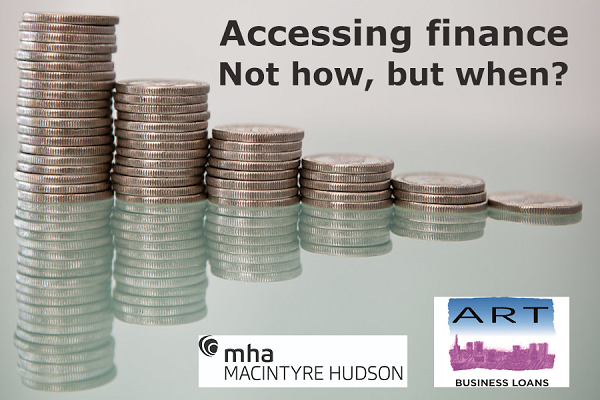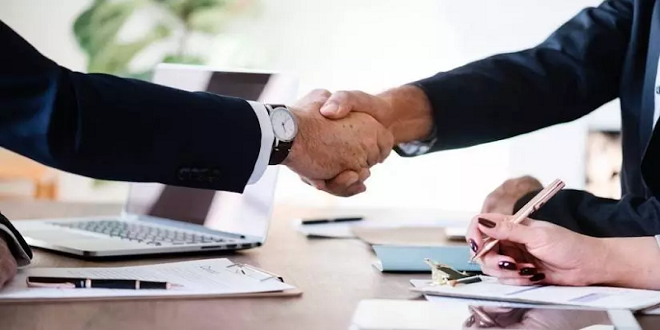Moving and accessing money

Now that we’ve committed to paying our taxes (or at least complying with tax requirements), it’s time to address another headache. We’re way past traveler’s checks cheques and personal checks in the 21st century, and carrying any significant amount of cash is a risk travelers don’t need to take. For most travelers, having a couple of debit credit cards to access cash and / or pay for things is all you need. The exact process will look and work differently for you based on your nationality and where you’re going, naturally.
Start with a bank account
A traditional bank account isn’t what nomads may think of as a first choice, but consider it an important lifeline to set up before leaving your home country. If you already have a bank account, it’s time to see how much you’re paying in monthly fees or charges. Look through your bank statements (electronic or paper) with a fine-toothed comb to find out, then figure out whether it’s the right account for you. I’d personally be angling for an account at a bank that doesn’t charge me money for the privilege of holding my money.
Add a Paypal account
Available in over 200 countries, Paypal (paypal.com) is arguably the most wellknown way of moving money from one person or small business to another without a bank account. I think of my Paypal account as my primary way of collecting money, since I’ve had it for over a decade at this point. The service isn’t perfect, and has been known to occasionally lock people’s money up for security or verification issues, but remains a widely-used service for lots of people.
With that said, Paypal is an excellent service to pay or get paid. The person that’s paying you only needs your e-mail address, and the balance can be re-spent on Paypal, sent to a bank account, or cashed out via the Paypal debit card (currently only available to Americans). Plenty of businesses can use your Paypal balance to pay for things, from Steam (the video game platform) to places to buy domain names, to your local supermarket (if you’re shopping online).
Consider a credit card
Whether used for making payments or needed to make a guarantee or deposit, a credit card is a common tool in people’s wallets. There are a ton of different types of cards out there, complete with a dizzying array of rewards, options, and fees. Covering this industry would be a full-time job in itself, mainly since programs seem to change at the drop of a hat. I’ll refrain from recommending a specific credit card provider, but I will recommend you be cautious of any sites that try to compare credit cards for you. Too often, the affiliate links they use give them an incentive to promote some links and bury others. I don’t know about you, but this is not my idea of ‘neutral’ advice.
Other options for Americans
Venmo
As their website (venmo.com) says. “Paying your friends back for pizza shouldn’t cost more than your slice.” It’s a service of Paypal, and is a fine way of sending or receiving payments for smaller or casual uses. Sending money using your Venmo balance, bank account, or debit card is free, and receiving money from authorized businesses is free as well. This is a mobile app first and payment platform second. I haven’t seen or heard of this much outside of the US, however.
Zelle
Zelle (zellepay.com) is the big bank’s response to Venmo, Square Cash, and other payment apps. It’s “backed by the nation’s leading banks and credit unions”, and you can transfer money from your bank account to someone else’s in a matter of minutes. Not every bank is part of the network, but it’ll still work so long as your bank debit card is registered.
Monzo
Monzo (monzo.com) is another ‘bank-in-an-app’ offering with debit cards available, but only available to UK residents as of publication. Their Alpha program launched in late 2015, and today’s members have a current account, sort code, and other traditional banking features alongside a 21st-century interface. Download their app to join the waitlist as they exit beta.
Summary
I hate to leave you here. I really hope that you’ve learned about the digital nomad lifestyle, what it takes to make it work, and started down a path that’s of your choosing. No more ‘path of least resistance’, no more ‘doing as you’re told’, no more ‘doing what you’re supposed to do’, and no more ‘doing what society wants you to do’. Your life is yours to live.





